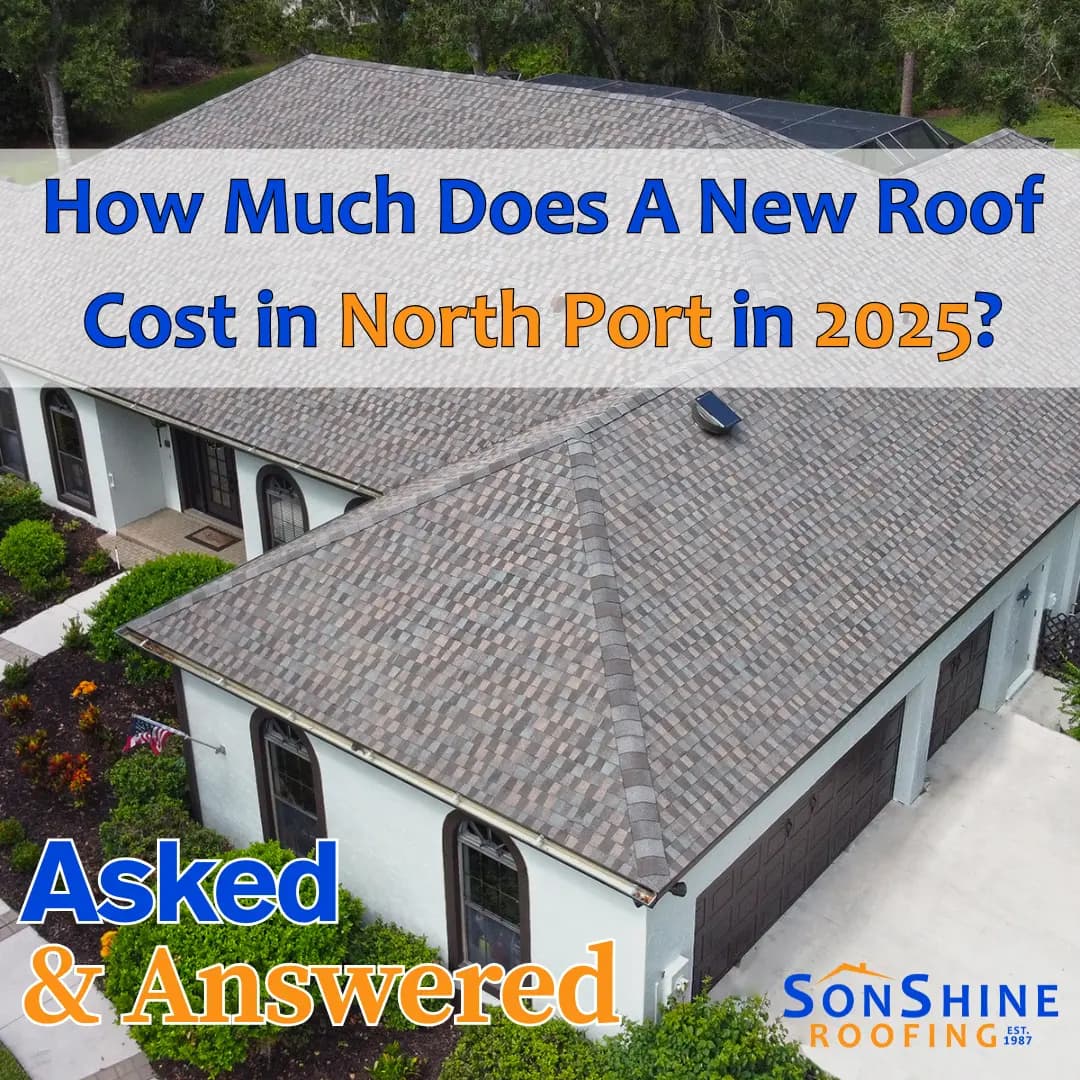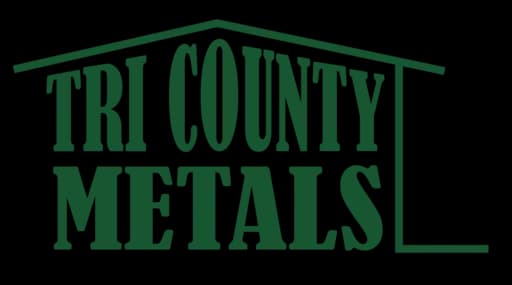The demand for roofing is booming, projected to surpass $19 billion by 2021. In Sarasota, many homeowners are upgrading their roofs. But before you join the trend, you may be asking: how long does an asphalt roof last?
Let’s explore the average asphalt roof lifespan, the types of shingles, warning signs to watch for, and what it might cost to replace your roof.
How Long Do Asphalt Roofs Last?
On average, asphalt roofs last 15 to 30 years, depending on shingle quality, weather exposure, and maintenance. Higher-end shingles in ideal conditions can last up to 50 years according to Consumer Reports.
Take the first step
Schedule a fast, no-pressure visit. Since 1987 we’ve got you covered.
Get startedAsphalt is popular because it’s affordable, visually appealing, and relatively durable. But Florida’s heat, storms, and humidity can shorten its lifespan if you don’t stay on top of care and inspections.
Comparative Lifespans of Roofing Materials:
- Metal: 40–80 years
- Wood: ~30 years (not ideal for humid climates)
- Asphalt: 15–30 years (up to 50 with premium options)
- Clay or Concrete Tile: Up to 100 years
Asphalt remains the go-to material for many Florida homeowners thanks to its cost-effectiveness and versatility.
What is Asphalt Made Of?
Asphalt shingles come in two main types: organic and fiberglass.
- Organic shingles use paper and wood fiber materials, offering strong resistance in cold climates.
- Fiberglass shingles are more resistant to heat and fire, making them ideal for Florida’s hot and stormy weather.
Signs You May Need a Roof Replacement
If you’re unsure about your roof’s age or condition, schedule a professional roof inspection. Common signs that you may need a replacement include:
- Cracked, curling, or missing shingles
- Dark streaks, algae, or roof stains
- Granules in gutters
- Sagging rooflines
- Visible leaks inside your home
What Type of Asphalt Shingle Should You Choose?
1. Strip Shingles
Basic and affordable, but thinner and less durable. Lifespan: 10–25 years.
2. Dimensional Shingles
Thicker, dual-layered shingles with a more robust structure. Lifespan: 30+ years.
3. Premium Shingles
Top-tier performance and aesthetics with lifespans reaching 50+ years. Best for upscale homes or long-term investment.
Maintenance and Warranty Info
Routine Maintenance
Even a roof that “looks fine” can have hidden issues. Prevent expensive repairs by inspecting and cleaning your roof regularly. Experts recommend a biannual inspection or after major storms.
If you’re unsure what maintenance your roof needs, a professional can guide you.
Warranty Coverage
Many high-quality asphalt shingles come with manufacturer warranties. Roofing contractors like SonShine Roofing may also offer workmanship warranties for added peace of mind.
Cost of Asphalt Roof Replacement in Sarasota
Asphalt roof replacement costs vary depending on the shingle type and square footage. Here’s a general breakdown:
- Single-story home (1,400 sq. ft.):
- Strip: $4,000–$9,000
- Dimensional: $5,000–$12,000
- Premium: $7,000–$14,000
- Two-story home (2,500 sq. ft.):
- Strip: $7,000–$12,000
- Dimensional: $11,000–$24,000
- Premium: $17,000–$32,000
Don’t forget to include old roof tear-off costs and any needed structural repairs in your budget.
Need Help Choosing the Right Asphalt Roof?
So, how long does an asphalt roof last? The answer depends on shingle type, Florida’s weather, and your commitment to maintenance. With the right products and care, you can enjoy decades of protection.
Contact SonShine Roofing today to schedule an inspection or get a quote on your asphalt roof replacement.















